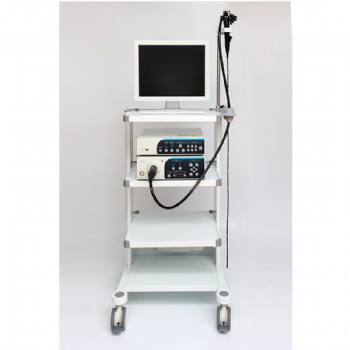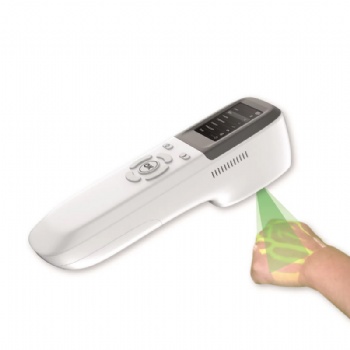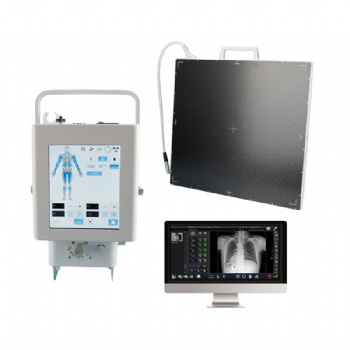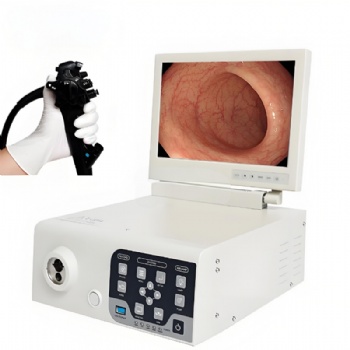News
What is arthroscopy?
Arthroscopy is a surgical procedure to diagnose and treat your joint’s structural problems, which often cause pain, instability or other dysfunction. The surgeon uses an arthroscope, a long, thin tube with a video camera and light on the end.
Who performs arthroscopy?
Orthopaedic surgeons perform arthroscopic procedures. These doctors specialize in conditions that affect the musculoskeletal system.
What are the types of arthroscopy?
Surgeons use arthroscopy to see inside joints without having to make large incisions. Types of arthroscopy include:
Elbow arthroscopy.
Foot and ankle arthroscopy.
Hand and wrist arthroscopy.
Hip arthroscopy.
Knee arthroscopy.
Shoulder arthroscopy.
Why do healthcare providers perform arthroscopy?
Providers use arthroscopy to diagnose and treat a range of joint, tendon and ligament problems, such as:
Knee pain, instability and other injuries, including anterior cruciate ligament (ACL) tears and meniscal tears.
Torn ligaments, cartilage and tendons.
Rotator cuff tears, dislocated shoulder, frozen shoulder and shoulder impingement.
Arthritis, including foot and ankle arthritis
Wrist pain, including carpal tunnel syndrome, ganglion cysts and wrist arthritis.
Categories
Contact Us
- +86-18018467613
- +86-13357930108
- info@82tech.com




